Die Anschrift
304 Nordkardinal St.
Dorchester Center, MA 02124
Arbeitsstunden
Montag bis Freitag: 7:00 - 19:00
Wochenende: 10:00 - 17:00
Shandong Expertengruppe für medizinische Geräte
Expert Medical Equipment Group, als einer der professionellsten Hersteller und Exporteure von medizinischen Geräten in China, besteht darauf, dem weltweiten Markt überlegene Qualität, Sicherheit und zuverlässige Produkte sowie den besten After-Sales-Service anzubieten.
Elektrohydraulisch, 350 kg Tragkraft, kann je nach Kundenwunsch mit einer Kohlefaser-Bettplatte ausgestattet werden.
Farbtemperatur, schattenlos, hoher Farbwiedergabeindex, geeignet für allgemeine Chirurgie, Herz-Thorax-Chirurgie und Neurochirurgie.
Fünf Funktionen der Intensivstation, optionales Wiegen des gesamten Bettes, Herz-Lungen-Wiederbelebung mit nur einem Tastendruck, antibakterielle Beschichtung.
Zentralisiertes Gas- und Strommanagement, 360°-Drehung, Tragkraft von 120 kg+, Kernstück des OP-Arbeitsplatzes.
28 leitende Ingenieure | Vollständiges Design von Struktur/Optik/elektrischer Steuerung. 22 Inspektionen, bevor jedes Gerät das Werk verlässt | Reparaturrate < 1%.
Laserschneidzentrum | Automatische Sprühlinie | Staubfreier Montageraum mit 10.000 Ebenen. Jährliche Produktionskapazität von 50.000 Operationsleuchten und 30.000 Operationstischen.
24-Stunden-Reaktion | Teile innerhalb von 72 Stunden verfügbar | Lebenslanger technischer Support. Mehrere Lagerhäuser weltweit für den Versand in die Nähe.
Von unserem Sitz in Jining, dem weltweit größten Zentrum für chirurgische Ausrüstung, versenden wir jährlich über 100.000 Operationstische, Operationsleuchten und Intensivbetten in über 70 Länder.

WIR LIEBEN WAS WIR TUN
Es ist besser, ein guter Spezialist in einem Geschäft zu sein als ein Durchschnitt in mehreren Branchen.
Unser Design- und Fertigungsteam für medizinische Geräte kennt die Bedürfnisse von Patienten und Ärzten. Daher sind wir überzeugt, dass wir Experten in der Medizintechnikbranche sind.
Wir sind einer der führenden Hersteller von High-Tech-Medizingeräten, und die Produkte werden in Krankenhäusern und Kliniken auf der ganzen Welt vertrieben und von einem umfangreichen Vertriebsnetz unterstützt.
Alle Produktionsstufen unserer Produkte unterliegen einer strengen Kontrolle und jeder Schritt wird einer genauen und professionellen Qualitätskontrolle und Prüfung unterzogen. Alle Produkte haben eine nahezu perfekte Leistung in der medizinischen Praxis.
Neben grundlegenden chirurgischen Operationsgeräten und Krankenhausinstrumenten produzieren und liefern wir auch medizinische Diagnosegeräte, digitale Behandlungs- und Wiederherstellungsgeräte und andere Produktserien, Hunderte von Sorten und Spezifikationen, um verschiedene Anforderungen zu erfüllen. Stoppen Sie den Anbieter von Lösungen für medizinische Geräte.
Als professioneller Hersteller medizinischer Geräte aus einer Hand verfügt EXPERT MEDICAL über eine integrierte Lieferkette, um eine vollständige Palette von Dienstleistungen für medizinische Geräte für Operationssäle, Intensivpflegebereiche und Einrichtungen der Grundversorgung usw. mit moderner Produktionstechnologie und strenger Kostenkontrolle anzubieten die kostengünstigsten Produkte für alle unsere Kunden.

Von Operationsleuchten, Operationstischen, medizinischen Deckentürmen, Intensivbetten bis hin zu Wagen, Tragen und Rehabilitationsgeräten – über 200 Spezifikationen auf einmal verfügbar, sodass Krankenhäuser nicht mehr auf mehrere Lieferanten zurückgreifen müssen.
Über 30 technische Patente, mit 3–5 neuen Produkten, die jährlich auf den Markt kommen; Zusammenarbeit mit Spitzenkrankenhäusern für klinische Tests, um sicherzustellen, dass jede Verbesserung echte Schwachstellen angeht.
Technischer Fernsupport rund um die Uhr; mehrere Ersatzteillager im Ausland, mit Lieferung der Teile an den Standort innerhalb von 96 Stunden; wird von Krankenhäusern in über 70 Ländern verwendet, mit einer Wiederkaufsrate von 78%.
Wir verstehen die ursprüngliche Absicht und die Gründe, warum Kunden medizinische Geräte anpassen, damit wir die am besten geeignete Ausrüstung bereitstellen können. Wir haben ein professionelles Forschungs- und Entwicklungsteam, das die Anforderungen verschiedener Kunden an kundenspezifische medizinische Geräte entwirft und anpasst und Produkte mit unterschiedlichen Spezifikationen gemäß unterschiedlichen Anforderungen bereitstellt, um eine höhere Arbeitseffizienz zu gewährleisten. Teilen Sie uns jetzt Ihre Anpassungswünsche mit, um Ihnen das Beste zu bieten professionelle Ausrüstung und Produkte.
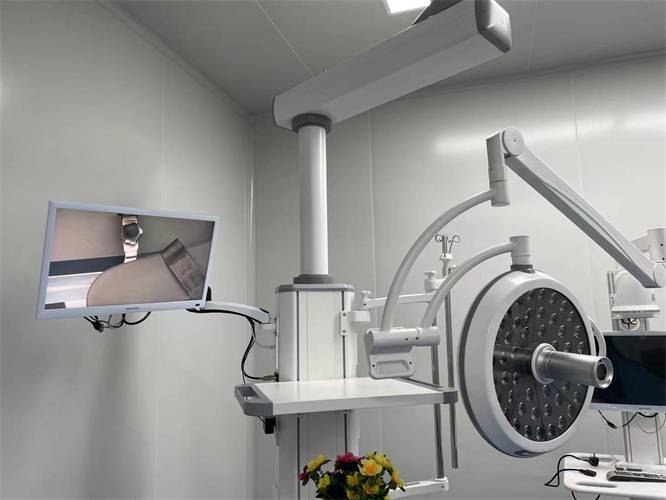

EXPERT MEDICAL ist bestrebt, während des gesamten Herstellungsprozesses medizinischer Geräte ein beruhigendes Qualitätssystem zu etablieren. Für diesen Kernwert sind wir sowohl für unsere Kunden als auch für die gesamte Branche verantwortlich.
Explore our guide to operation tables, covering types, features, and...
WeiterlesenExplore the benefits and types when choosing ceiling mounted surgical...
WeiterlesenDiscover the benefits, features, and buying tips for mobile surgical...
WeiterlesenEntdecken Sie die Funktionen, Vorteile und Kaufratgeber für medizinische Anhänger....
Weiterlesen
Die OP-Tischserien von Expert Medical erfüllen vollständig die Anforderungen der Allgemeinchirurgie, des Herzens, des Kopfes, des Halses, der Brusthöhle und anderer chirurgischer Eingriffe.

Die OP-Lampenserien von Expert Medical sind in verschiedenen Bereichen der Operationsbeleuchtung und Zusatzbeleuchtungssysteme beteiligt.
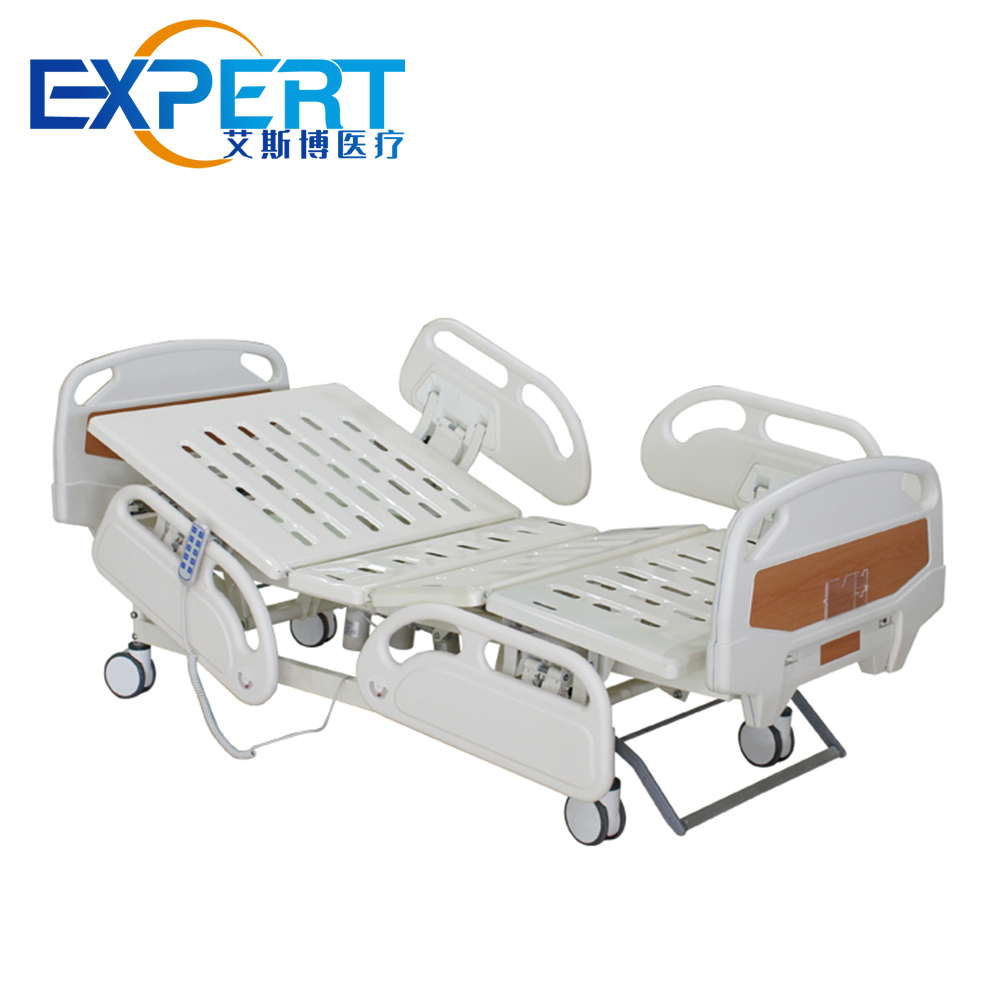
Fachkundige Medizin bietet verschiedene Arten von Krankenhausbetten für Intensiv- und Krankenpflege an, die ein wirklich schönes Design und eine lange Lebensdauer aufweisen.
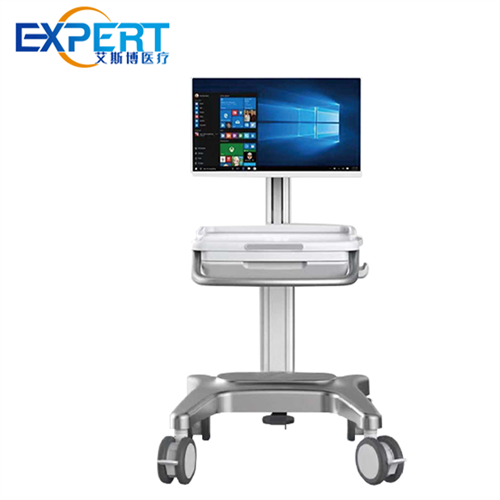
Ob in der täglichen medizinischen Versorgung oder in der Chirurgie, die OP-Wagen von Expert Medical können Ihnen helfen, effizienter zu arbeiten.
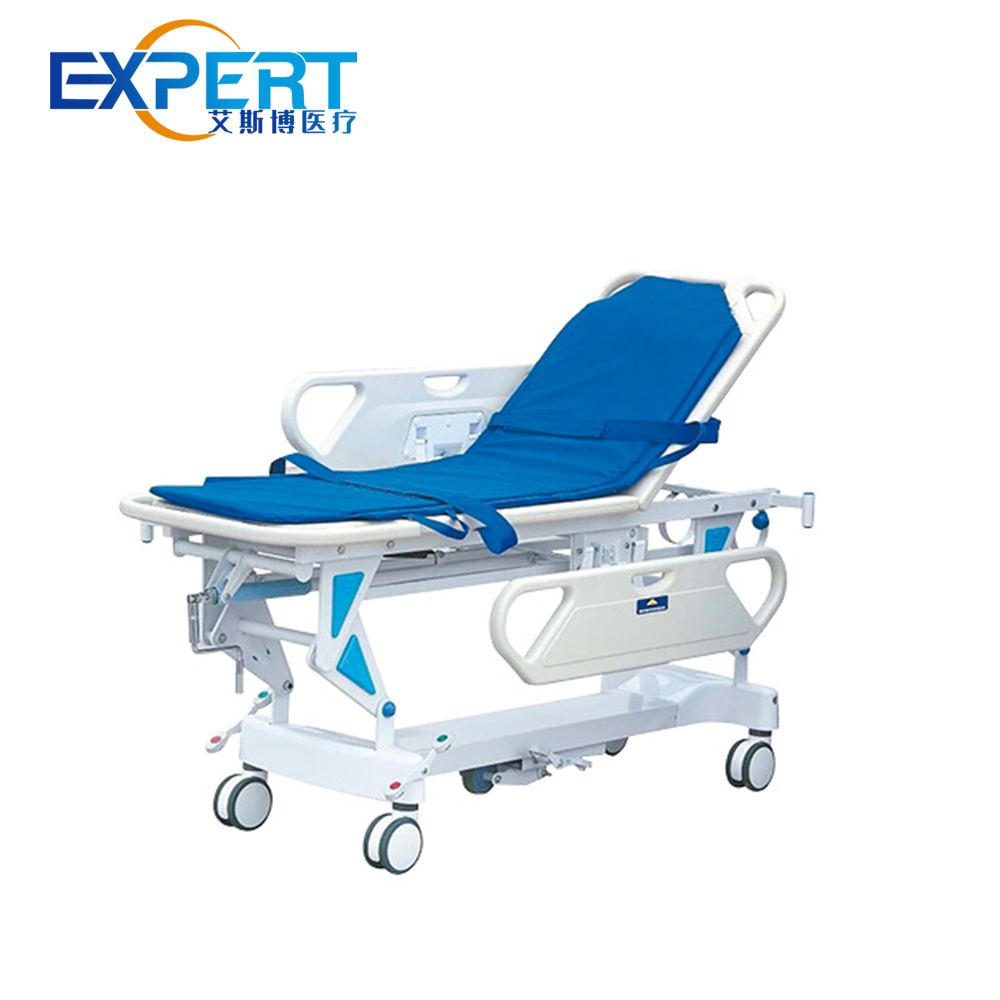
Mit einer Vielzahl von strukturellen und funktionellen Funktionen bieten Expert Tragen Kraftunterstützung bei der Notfallrettung und beim Patiententransport.
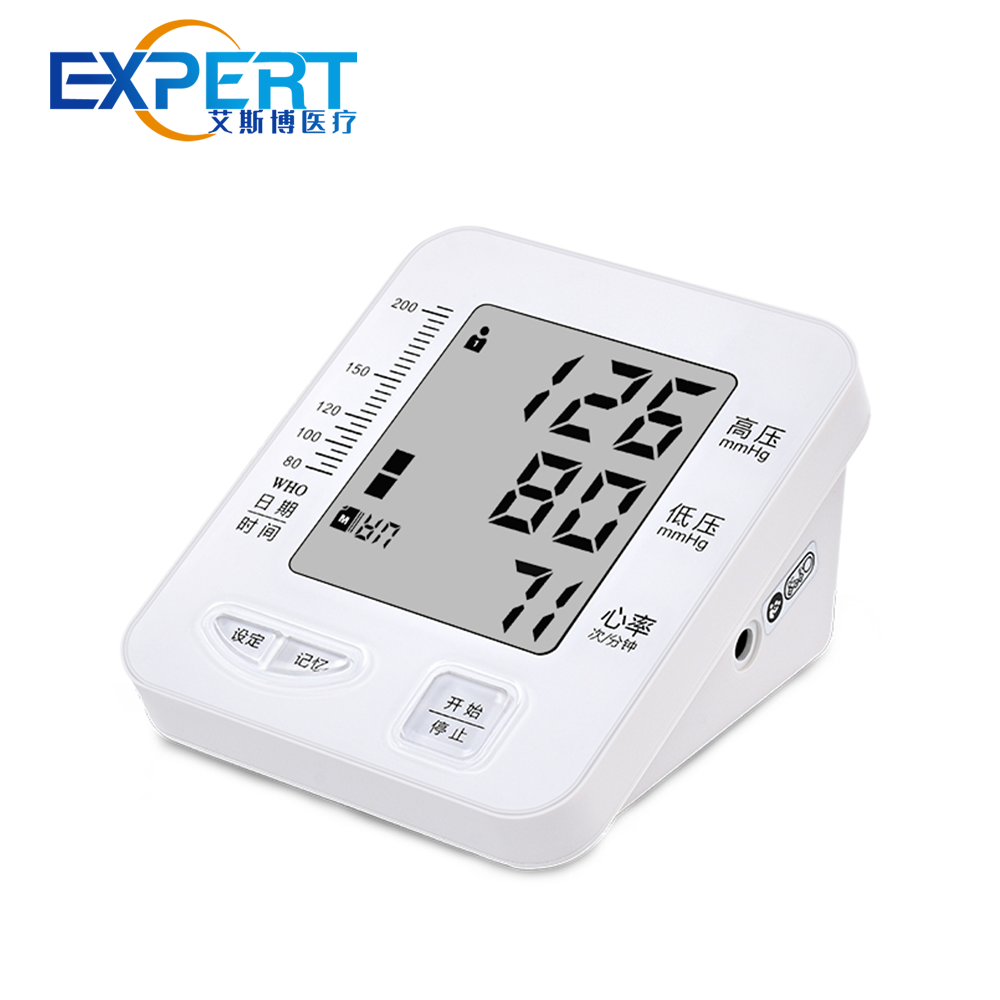
Die anderen medizinischen Geräte von Expert Medical arbeiten zusammen, um ein komplettes medizinisches System aufzubauen.
Wir sind bestrebt, unseren Kunden ein Verkaufsmodell aus einer Hand zu bieten; Wir legen mehr Wert auf die Zufriedenheit unserer Kunden.
